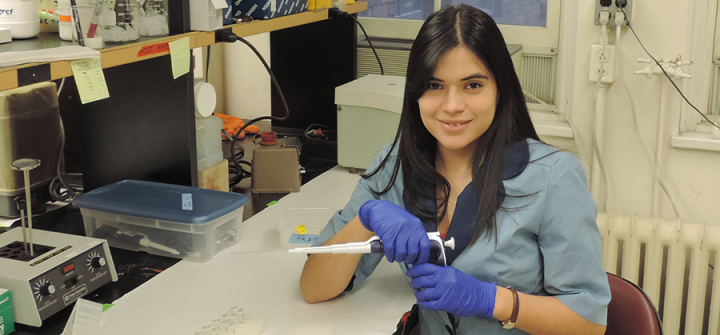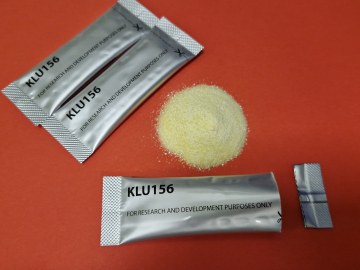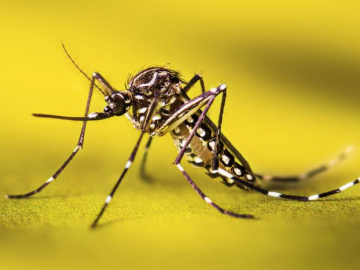The Swelling Disease: Q&A With Miryam Romano
Chagas is an infectious disease caused by the bite of a triatomine bug typically found in South America, Central America and Mexico. Though the disease can be mild and include swelling and fever, if left untreated, chagas can result in congestive heart failure. Today, between 6 and 7 million people worldwide are infected. Up to 30% of sufferers develop cardiac issues and up to 10% develop digestive and neurological issues.
Because chagas is endemic to her home country of Argentina, researcher Miryam Romano took a special interest in the neglected disease during her graduate studies at the National University of Salta in Argentina. Romano traveled to Atlanta this fall as one of ASTMH’s 2016 Annual Meeting Travel Awardees, an honor that provides full funding for new researchers to participate in the event. We asked her about her research and efforts by the WHO to eliminate chagas disease.
What is chagas disease and why is it important to study it in Argentina?
In my country, chagas disease is the most important neglected tropical disease. It is a major public health problem in Latin America. The illness is characterized by 2 phases: an acute phase, which appears just after infection, and a chronic phase, which may have no obvious pathology or may evolve into irreversible lesions mainly in the heart and/or digestive system. Chagas disease is caused by the protozoan parasite Trypanosoma cruzi or T. cruzi, which presents a broad intraspecific genetic diversity. The most prevalent lineage of T. cruzi affecting humans in Argentina is T. cruzi V. There are endemic areas with 6.5% prevalence of this disease.
How would you describe your research to a person on the street?
The main goal of this work is to provide tools to improve serological [blood testing] methods used for the diagnosis of this disease. We consider mainly the diversity and biology of the parasite. We analyzed different strains of T. cruzi to show how they affected the animal host. Our results showed that [each parasite’s biology] determined the course of the disease.
What are the future implications of your research for prevention or control of chagas disease?
The results of my work demonstrated that the genetic diversity of T. cruzi could have implications in the sensitivity and effectiveness of the ELISA [enzyme-linked immunosorbent assay] technique. This observation should be taken into account to improve the serological diagnostic kits, which would lead to a more accurate diagnosis.
WHO and others have made concerted efforts to eliminate chagas disease transmission. What’s your view of progress to date?
In recent years, knowledge about the pathophysiology of chagas disease has advanced, and the mechanisms of how the infection affects the immune response of the host are more clearly known. Knowing the genetic and biological diversity of the parasite contributed enormously to the advancement of diagnostic techniques, while many other investigations have focused on vaccine development. In Argentina the existence of prevention campaigns and the obligatory diagnosis in pregnant women has been successful in early detection and control of this disease. Nevertheless, the actual epidemiological situation has not changed in the last 10 years. In my opinion, it’s because there is an increase in impoverished communities with limited resources to health care, food and adequate living quarters, and they’re the ones who are most affected by this disease.
Join the thousands of subscribers who rely on Global Health NOW summaries and exclusive articles for the latest public health news. Sign up for our free weekday enewsletter, and please share the link with friends and colleagues: Subscribe to GHN
Miryam de los Angeles Romano




